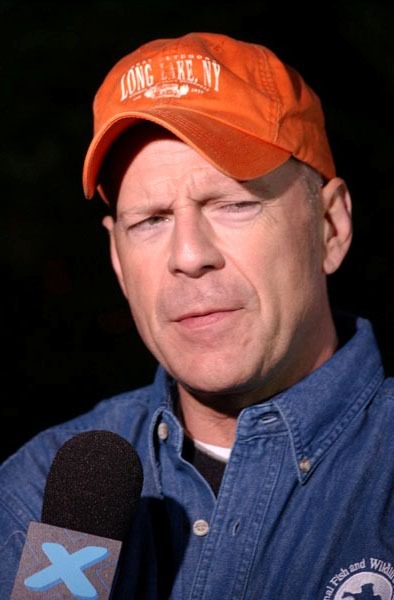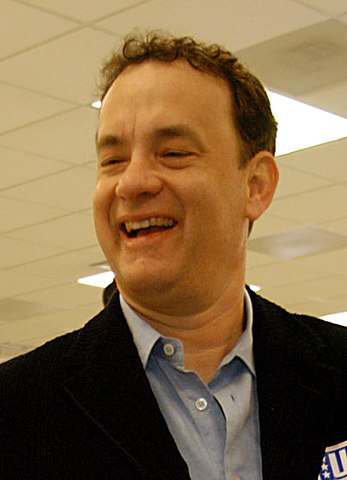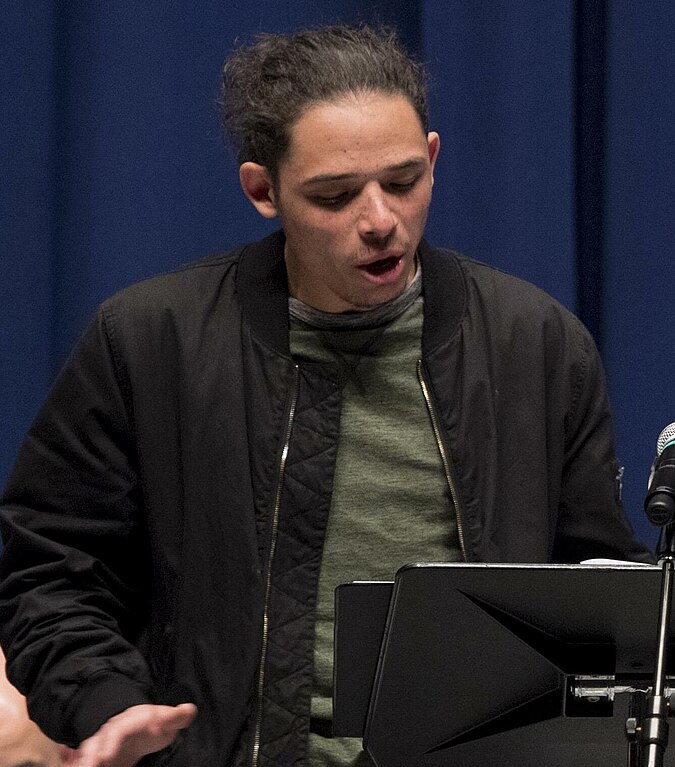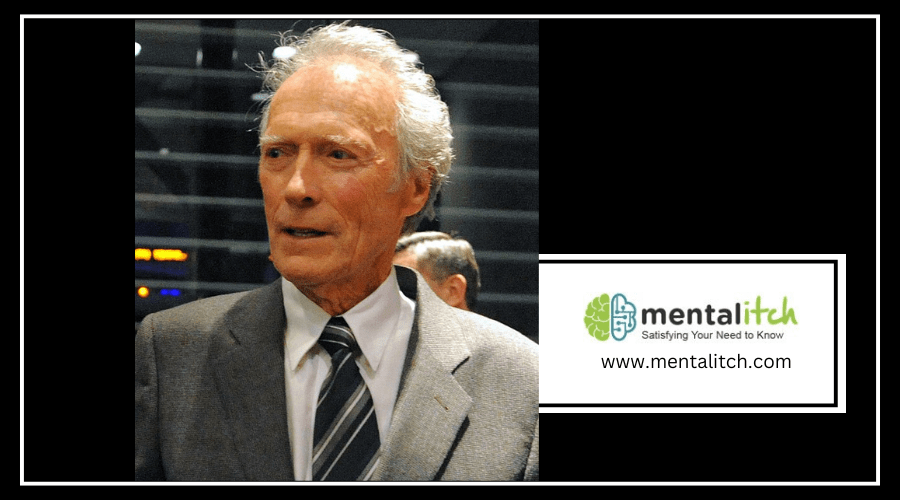Many television actors made the leap to the big screen, achieving remarkable success in the film industry. These transitions weren’t just career moves; they were groundbreaking moments that reshaped Hollywood. Icons like Barbara Stanwyck and her shift from “The Big Valley” to movies like “The Lady Eve” showcased a seamless blend of charm and talent that captivated audiences.
Credit also goes to Clint Eastwood, who transitioned from starring in “Rawhide” to becoming a legendary figure in Western films. This move set a precedent, proving that television stars could indeed achieve movie stardom. Their journeys painted a new narrative for TV actors everywhere, opening doors and changing perceptions within the industry.
From comedy to drama, these actors brought their skills from the small screen to cinemas worldwide, leaving an indelible mark on both mediums. With their success stories, they paved the way for future TV stars to dream bigger and aim for cinematic greatness.
Pioneers of Transition
Actors in the 1960s paved the way for future generations to move seamlessly from television to film. Key figures mastered this shift, marking the era with notable performances and critical acclaim.
Early Signs of Success
Clint Eastwood is a prime example. Beginning with Rawhide on television, he quickly demonstrated his appeal. His role in A Fistful of Dollars not only showcased his talent but also signaled a significant career move. This film led to other notable projects, establishing him firmly in cinema.

Similarly, Bruce Willis gained initial fame from television’s Moonlighting. It was his jump to the Die Hard series that cemented his status as a movie star. His rugged charm and versatility translated well, proving he could handle major film roles.
Another significant figure is Tom Hanks. He started on TV with shows like Bosom Buddies. His film career took off with hits like Splash and Big, which earned him an Academy Award nomination. These early successes were crucial in shaping their careers and showing others it was possible to transition effectively.
Defining Transition Moments
For Clint Eastwood, the defining moment came with The Good, the Bad and the Ugly. This movie not only boosted his career but also became a classic. It confirmed his position as a leading man in the film industry, earning him critical acclaim and a loyal fanbase.
Tom Hanks’s role in Philadelphia marked a key transition point. Winning an Academy Award for Best Actor, it highlighted his capability to take on serious, dramatic roles. This award-winning performance marked his full embrace of big-screen success.
Bruce Willis’s role in Pulp Fiction showcased his range beyond action movies. Working with acclaimed directors and strong scripts helped solidify his reputation as a versatile actor. These moments were crucial in their journeys from TV actors to film icons, influencing future actors aiming to make similar transitions.
Iconic TV Shows and Their Star Turns
During the 1960s, several TV stars made remarkable transitions to film. Their journeys often began in popular television series, setting the stage for their later success on the big screen. This section explores how some of these transitions occurred.
Comedy Series Launchpads
Gidget
Sally Field started her career in the teen sitcom Gidget, where she became known for her energetic and charming performance. This role helped her gain recognition and eventually led to more significant film opportunities, like Norma Rae, where she won an Academy Award.
Bosom Buddies

Tom Hanks gained initial fame in the comedy series Bosom Buddies. His role as a man disguising himself as a woman to secure housing showcased his comedic timing and versatility. This performance opened doors to a vast movie career, starting with hits like Splash and Big.
Moonlighting
Bruce Willis broke through in the TV comedy-drama Moonlighting. His role as the wise-cracking detective David Addison was a showcase of his charisma and acting chops. This portrayal captured Hollywood’s attention and led to starring roles in action blockbusters like Die Hard.
Dramatic Series and Career Leaps
ER
George Clooney became a household name with his role as Dr. Doug Ross on the medical drama ER. His charm and intense performances on the show paved the way for a successful film career, including roles in Ocean’s Eleven and Michael Clayton.
St. Elsewhere
Denzel Washington was first noticed in the medical drama St. Elsewhere. Playing Dr. Philip Chandler, Washington demonstrated a range of emotions and a strong screen presence. This role was critical in launching his distinguished film career, leading to acclaimed films such as Glory and Malcolm X.
The Fresh Prince of Bel-Air
Will Smith skyrocketed to fame with his role in the sitcom The Fresh Prince of Bel-Air. His natural comedic talent and charismatic persona on the show were pivotal in transitioning to a blockbuster movie career with hits like Independence Day and Men in Black.
These actors leveraged their television fame to establish successful movie careers, making enduring marks in both mediums.
Award-Worthy Performances
Many actors who started on TV in the 1960s made a significant mark in film with performances that earned prestigious awards.
Emmys to Oscars
Sally Field began her career on TV in shows like Gidget and The Flying Nun. Her transition to film was marked by winning two Academy Awards for Best Actress for her roles in Norma Rae (1979) and Places in the Heart (1984).
Denzel Washington started with television roles before rising to win a Golden Globe and Academy Award for his movie roles, including his Oscar-winning performance in Glory (1989).
Actors like these have displayed versatility, earning both Emmy and Oscar accolades, showing their exceptional talent across mediums.
Critics and Audience Acclaim
Moving from TV to film, many actors received critical recognition and audience acclaim. Michelle Williams, although she started her career later in TV, has garnered several Academy Award nominations for her roles in movies such as Blue Valentine (2010) and Manchester by the Sea (2016), resonating with audiences and critics alike.
Jared Leto, known for his TV role on My So-Called Life, won Best Supporting Actor at the Oscars for Dallas Buyers Club (2013), demonstrating a seamless transition and gaining widespread acclaim.
These artists have shown that with dedication and talent, actors can find success and be celebrated in both television and film.
Breakthrough Roles in Cinema
TV actors shifting to cinema in the 1960s displayed remarkable talent across action, comedy, and diverse genres. These actors became household names not only through TV but also through their defining roles in films.
Action Stars Emerge
Bruce Willis is a prime example. “Die Hard” (1988) was his breakout action role, but his career began with the TV series “Moonlighting” (1985-1989). Another significant name, Will Smith, transitioned from “The Fresh Prince of Bel-Air” to impactful roles in films like “Independence Day” (1996), gaining acclaim for his strong performance.
These TV actors demonstrated their ability to bring physicality and emotional depth to their cinema roles. Their performances often defined the action genre for years to come.
From Comedy to Drama
Tom Hanks showcased an incredible transition from TV comedy in “Bosom Buddies” (1980-1982) to delivering astonishing performances in dramatic films. “Big” (1988) was a major hit, and he continued to shine in “Philadelphia” (1993) and “Forrest Gump” (1994).

Jennifer Lawrence also made a significant jump from TV roles in the early 2000s to dramatic film roles, gaining critical fame with “Winter’s Bone” (2010) and later with “Silver Linings Playbook” (2012), showcasing her range and depth as an actress.
Diverse Genre Mastery
Melissa McCarthy transitioned from TV’s “Gilmore Girls” (2000-2007) to successful film roles across diverse genres. Her role in “Bridesmaids” (2011) highlighted her comedic talent, while “Can You Ever Forgive Me?” (2018) showcased her ability to master dramatic roles as well.

Actors like George Clooney also exemplified success moving from TV to film. From “ER” to roles in “Syriana” (2005) and “Michael Clayton” (2007), Clooney managed to impress in both serious and genres. Similarly, Eddie Redmayne’s switch from TV to film was marked by his portrayal of Stephen Hawking in “The Theory of Everything” (2014), winning him an Academy Award.
These actors effectively used their TV backgrounds to tackle a variety of genres, proving their versatility and solidifying their places in Hollywood.
The New Generation of A-Listers
The new generation of A-listers includes actors who have seamlessly moved from television to blockbuster films. These stars have leveraged platforms like streaming services and iconic film franchises to boost their careers.
Contemporary Transformations
Streaming services have become a significant launchpad for many actors. For example, Chris Pratt gained fame with “Parks and Recreation” before becoming an action star in “Guardians of the Galaxy” and “Jurassic World.”
Jennifer Lawrence, known for her versatile acting skills, rose to stardom with “The Hunger Games” and later took on roles in the Marvel universe. Shailene Woodley transitioned from TV hits like “The Secret Life of the American Teenager” to leading film roles in “Divergent.”
Johnny Depp started on the TV show “21 Jump Street” before his iconic film career, which includes the “Pirates of the Caribbean” series. His transformation from TV to film set a precedent for future actors.
Rising Stars in Film

Actors like Anthony Ramos, Anya Taylor-Joy, and Regé-Jean Page are emerging as notable figures in the industry. Ramos, known for his role in “Hamilton,” is making waves in cinema with projects like “In the Heights.”
Anya Taylor-Joy, who gained fame through “The Queen’s Gambit” on Netflix, has rapidly become a sought-after actress in films such as “The New Mutants” and “Last Night in Soho.”
Regé-Jean Page, who caught the world’s attention in “Bridgerton,” is transitioning to major film roles and is viewed as a rising star. His upcoming projects are highly anticipated, marking his transition from a streaming sensation to a cinema star.
Legacy and Influence
The successful transition of TV actors to film in the 1960s set industry standards and inspired future generations. This movement left a lasting impact on both the small and big screens.
Setting Industry Standards
During the 1960s, actors like George Clooney and Tom Hanks laid the groundwork for future TV to film transitions. Their ability to captivate audiences in both media demonstrated the versatility required for a lasting career in entertainment. Hanks, starting with TV’s “Bosom Buddies,” made his big-screen breakthrough with “Splash” and later became an A-lister. These actors showed that TV stars could command leading roles in big movies, changing industry perceptions about talent mobility.
Their success established new benchmarks for industry expectations. It wasn’t just about acting skills but also about choosing the right projects and maintaining a strong public image. This period taught future actors, such as Jennifer Aniston and Leonardo DiCaprio, the importance of managing their careers strategically to ensure longevity and relevance in Hollywood.
Inspiring Future Generations
The influence of 1960s TV actors on future stars is undeniable. Iconic transitions, like that of Tom Hanks, gave hope to many aspiring actors. This paved the way for others like Leonardo DiCaprio, who moved from “Growing Pains” to become a film icon, and Jennifer Aniston, who found fame with “Friends” before tackling the big screen.
New actors saw the success of Clooney and Hanks as a blueprint for their own careers. This shift also encouraged TV shows to serve as launchpads for film actors. Shows like “Dawson’s Creek” and “Happy Days” became breeding grounds for future movie stars. The aspiration to follow in these footsteps continues to drive many of today’s actors, proving the lasting legacy of those early trailblazers.
